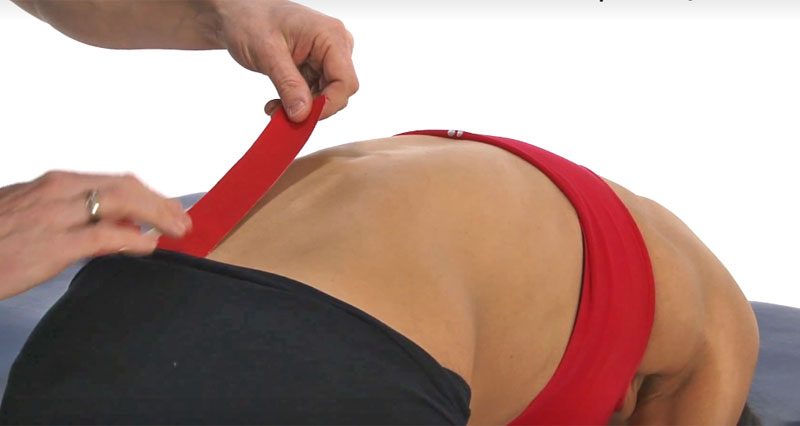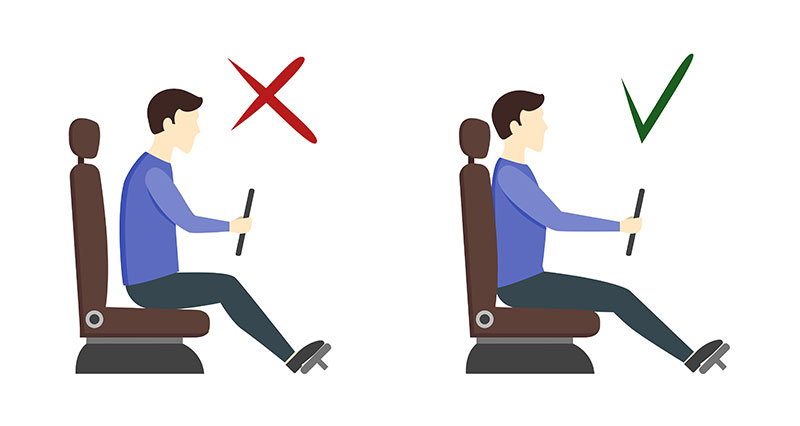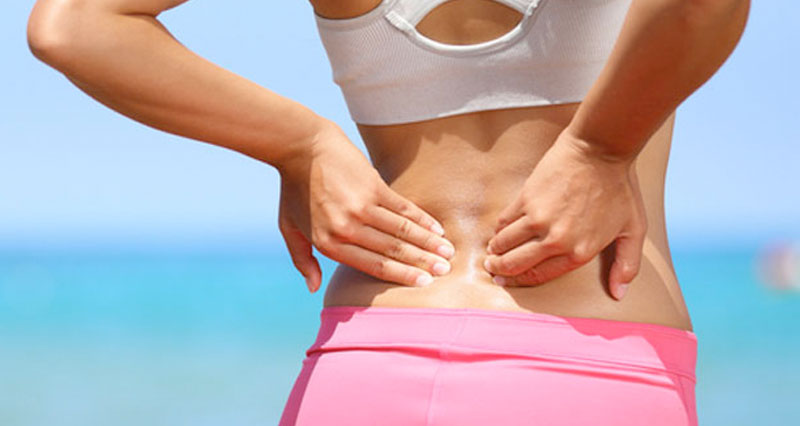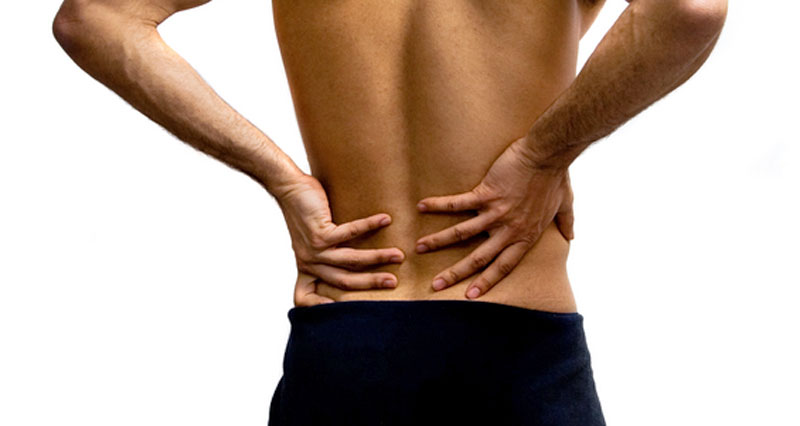Here are some top tips for preventing back pain. Many back injuries are not sport-related but are caused by work or lifestyle. Here we explain how to avoid back pain when driving, or at work. We also explain how posture, inversion therapy, and kinesiology taping for the lower back help prevent back pain.
Back Pain & Posture
For many people, back pain is directly related to poor posture, in both standing and sitting. The majority of people will have at least one, usually more, postural abnormalities. After all, if you go back a few evolutionary steps, we walked on all fours! Evolving to walk on two legs has placed a large amount of stress on our spines.
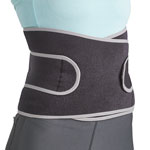
Buy Back Supports
How does poor posture contribute to back pain?
Poor posture places additional strain on the muscles, ligaments, and discs of the back.
Over time this additional strain can lead to structural changes to the discs, muscles, and ligaments surrounding the spine.
These structural changes are usually what causes mild to moderate back pain. Pain most often comes from strain on muscles and as a result of muscle imbalances.
Poor posture is sometimes due to inherent factors. A leg length discrepancy can mean one hip is higher than the other. This can cause lower back pain due to some muscles having to work harder to compensate. This can be corrected by wearing a heel wedge.
Biomechanical factors such as overpronation of the feet can also cause back pain. Overpronation causes the shin to roll inwards, followed by the thigh, which in turn alters the position of the pelvis.
What are muscle imbalances?
All muscles have an optimum length and tension. When your posture is good the muscles surrounding and supporting your back are at this optimum length. When your posture is poor some muscles will be shortened and tight, and others (usually the antagonist) will be lengthened and weak. For example, those who spend all day hunched over a desk often develop shortened, tight chest muscles, and weak lengthened back muscles.
Similarly in those with a lumbar lordosis (excessive curvature of the lower back), The hip flexors (rectus femoris, iliopsoas) and lower back become tight and short, and the glutes (bum muscles) and abdominals become loose and weak.
What is good posture?
A good back posture does not involve a perfectly straight spine. The spine has natural curves which help it to transmit forces and so the key to good posture is maintaining what is known as a “neutral spine”. The following is a list of the key points for a neutral spine in standing, from head to toe:
- The head should be held up straight, with the chin tucked in. Earlobes are level so you know you are not tilting the head to the side.
- Lift the sternum (breast bone). Imagine a piece of string attached to the sternum, pulling it towards the ceiling. As you do this you should notice your shoulders move back and down.
- Maintain a slight hollow at the lower back as this is a natural curve of the spine.
- Hips should be level.
- The neutral spine should be maintained when standing and sitting.
In addition, when standing:
- Knees should be straight and feet at shoulder width, toes pointing straight forwards.
- When standing sideways on, it should be possible to draw a line straight through the centre of your feet, knees, hips, shoulders, and earlobes.
When sitting:
- Keep both feet flat on the floor.
- Make sure your chair has good lumbar (lower back) support or use additional lumbar support.
When lifting:
- Ensure the object to be lifted is close to you so that you are more stable.
- Have your feet at shoulder width to provide a solid base of support.
- Activate your core muscles to help stabilize the spine.
- Keeping the back straight throughout, use the legs to push yourself up.
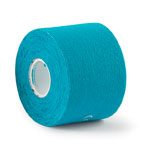
Buy Kinesiology Tape
How can I improve my posture?
Posture can be improved by following a rehabilitation program which should include:
- Core strength exercises
- Stretching tight muscle groups
- Strengthening weak muscle groups
- Altering your working position (If you work mostly at a desk)
- Correcting any biomechanical abnormalities
Here are some simple exercises you can do at your desk to help improve your posture:
- Sit comfortably in your chair, with both feet on the ground. Relax your shoulders and look straight ahead. Pull your chin in towards your head and hold for 10 seconds initially, increasing to 30 seconds. Repeat 3 times.
- Again, sitting in your chair, rest your hands on your thighs. Slowly squeeze your shoulder blades together. Hold for 10 seconds, increasing to 30 seconds. Repeat 3 times.
- Whilst sitting at your desk practice activating your core muscles.
